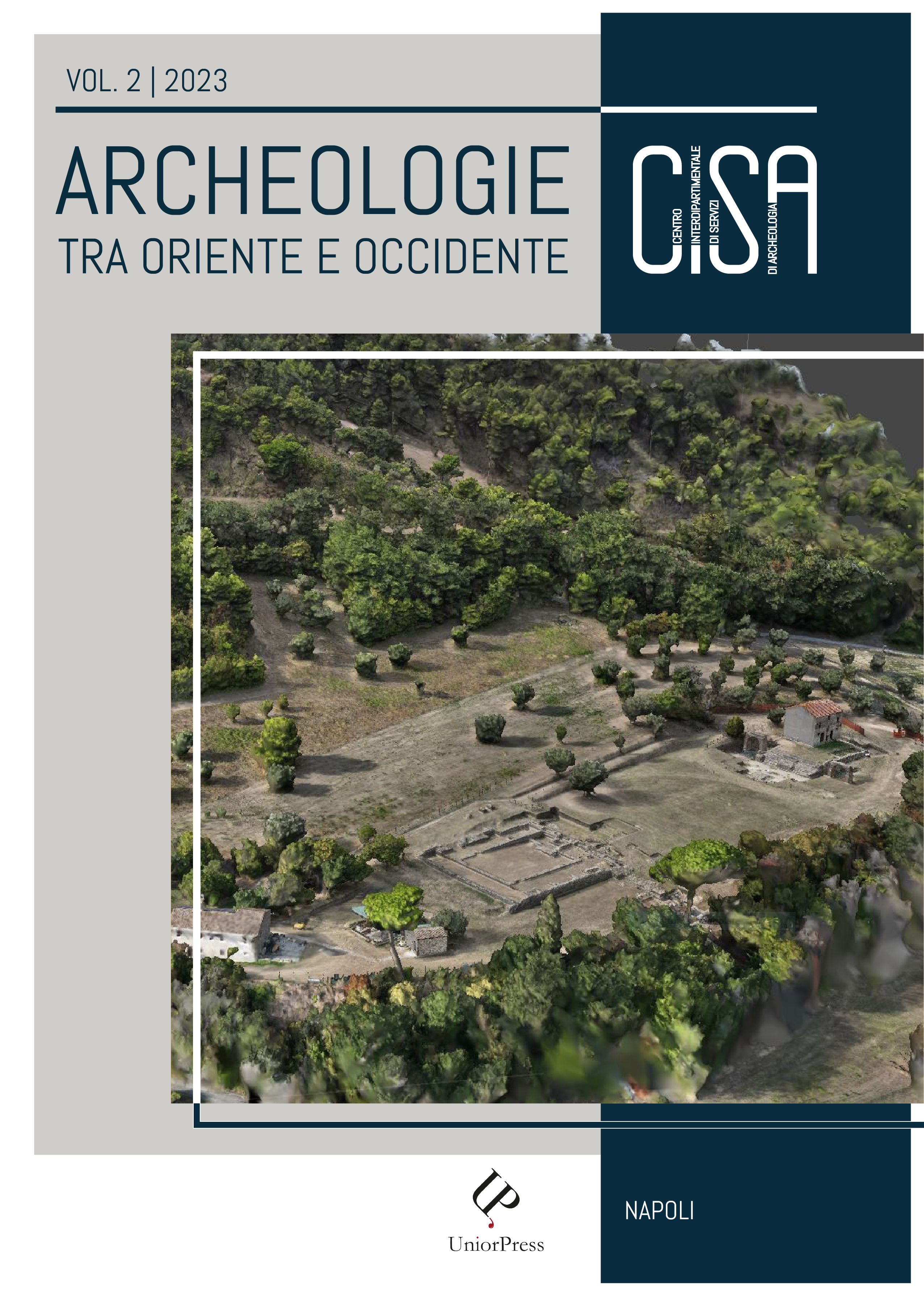Le vie di transito e i luoghi sacri in epoca antica in Irpinia
Abstract
L’Irpinia, grazie alla sua rete idrografica e ai passi montani, ha rivestito un ruolo strategico nei collegamenti tra le coste tirreniche e adriatiche fin dalla preistoria. Territorio fertile e ricco di risorse naturali, ha favorito lo sviluppo di culture locali uniche, aperte agli scambi culturali. Insediamenti stabili, attestati dal Neolitico all’epoca sannitica (VI-III sec. a.C.), si concentravano lungo i fiumi Calore e Ofanto, e presso aree sacre legate a fonti e sorgenti sulfuree, tra cui il celebre santuario della dea Mefite in Valle d’Ansanto. La transumanza e il commercio lungo tratturi e percorsi fluviali hanno plasmato l’economia locale, basata sulla pastorizia, la tessitura e il commercio. Con la romanizzazione (III sec. a.C.), l’Irpinia vide l’introduzione di municipi e infrastrutture pur mantenendo tratti culturali conservativi. La continuità di pratiche pastorali e ritualità legate ai culti locali dimostra l’identità resiliente delle popolazioni irpine.
Questo studio esplora le evidenze archeologiche e paesaggistiche, evidenziando il ruolo dell’Irpinia come crocevia culturale e commerciale, ponte tra le realtà appenniniche e costiere, e sottolineando il valore strategico e sacro del territorio nell’antichità.
Copyright (c) 2023 Milena Saponara, Flavio Castaldo

This work is licensed under a Creative Commons Attribution 4.0 International License.

